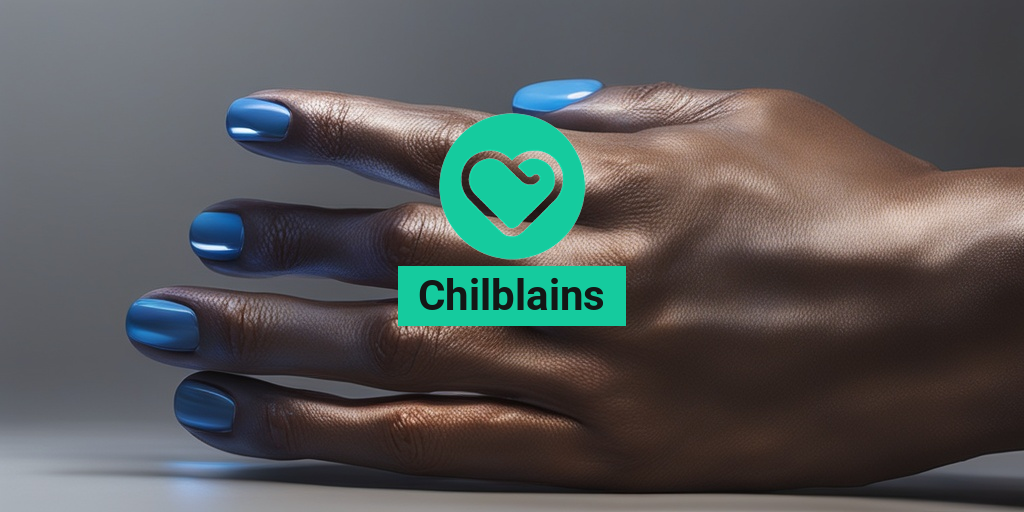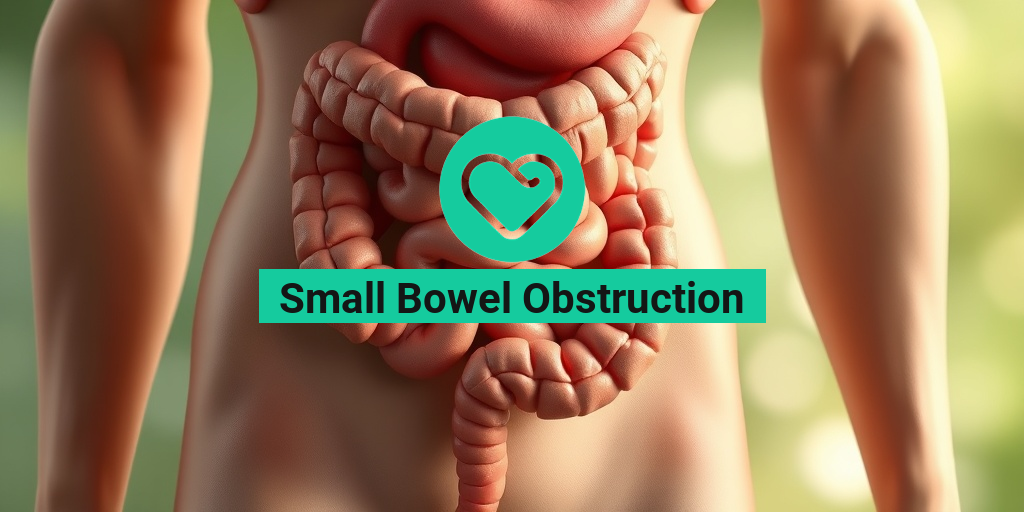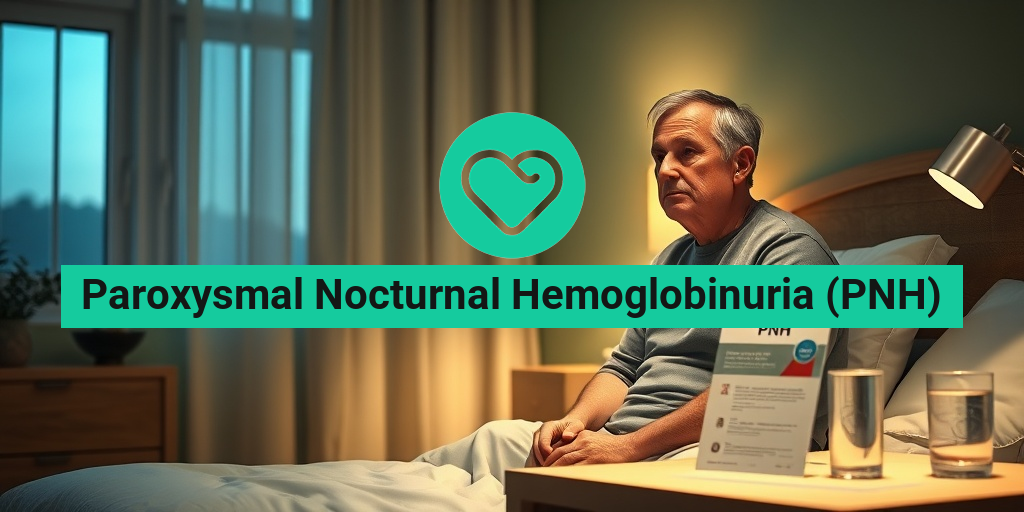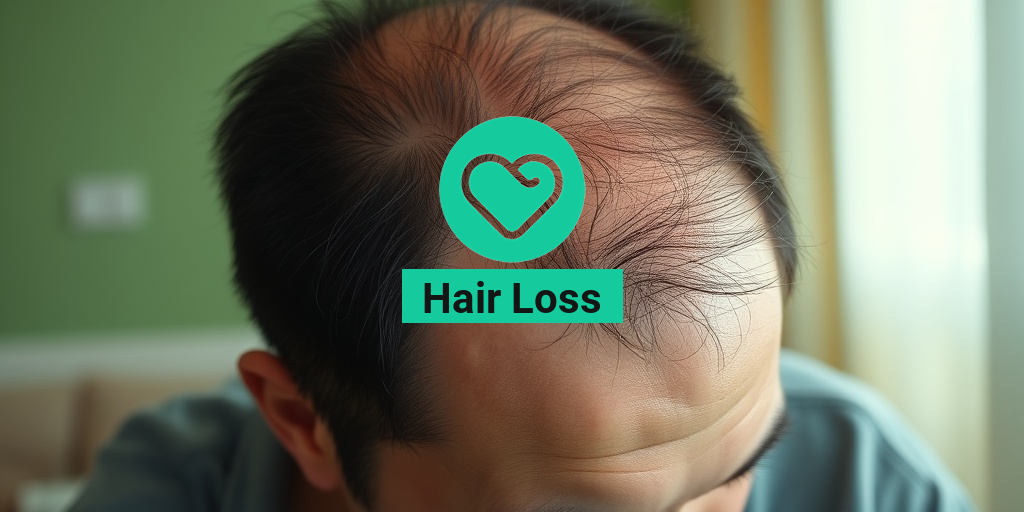What Are Chilblains?
Have you ever experienced red, itchy, and painful patches on your skin, especially on your toes, fingers, or ears, after exposure to cold temperatures? If so, you might be wondering what’s causing this uncomfortable condition. The answer lies in a common, yet often misunderstood, condition called chilblains.
Definition and Causes
Chilblains, also known as pernio or chillblains, is a condition that occurs when the small blood vessels in your skin constrict or narrow in response to cold temperatures. This reduced blood flow can cause inflammation, leading to the characteristic symptoms of chilblains.
The exact causes of chilblains are still not fully understood, but certain factors can increase your risk of developing the condition. These include:
- Cold weather: Prolonged exposure to cold temperatures, especially if you’re not dressed warmly enough.
- Poor circulation: Reduced blood flow to your skin can make you more susceptible to chilblains.
- Damp or wet conditions: Moisture can exacerbate the condition, making it worse.
- Raynaud’s disease: This condition affects blood flow to your fingers and toes, increasing the risk of chilblains.
- Lupus: Some people with lupus may experience chilblains as a symptom of their condition.
Chilblains Symptoms
So, how do you know if you have chilblains? Here are some common symptoms to look out for:
Characteristic Symptoms
Redness and inflammation: The affected area will typically become red, swollen, and tender to the touch.
Itching and burning: You may experience intense itching or burning sensations on the affected skin.
Pain: Chilblains can be painful, especially when you’re exposed to cold temperatures or sudden changes in temperature.
Blisters or ulcers: In severe cases, chilblains can cause blisters or ulcers to form on the skin.
Location: Chilblains typically occur on the extremities, such as:
- Toes and fingers
- Ears
- Nose
- Feet and hands
If you’re experiencing any of these symptoms, it’s essential to seek medical attention to rule out other conditions that may have similar symptoms. Your healthcare provider can provide a proper diagnosis and recommend appropriate treatment.
Remember, if you have any concerns about your health, it’s always a good idea to consult with a healthcare professional or a trusted resource like Yesil Health AI, which provides evidence-based health answers.
👍 Stay warm and healthy! 👍
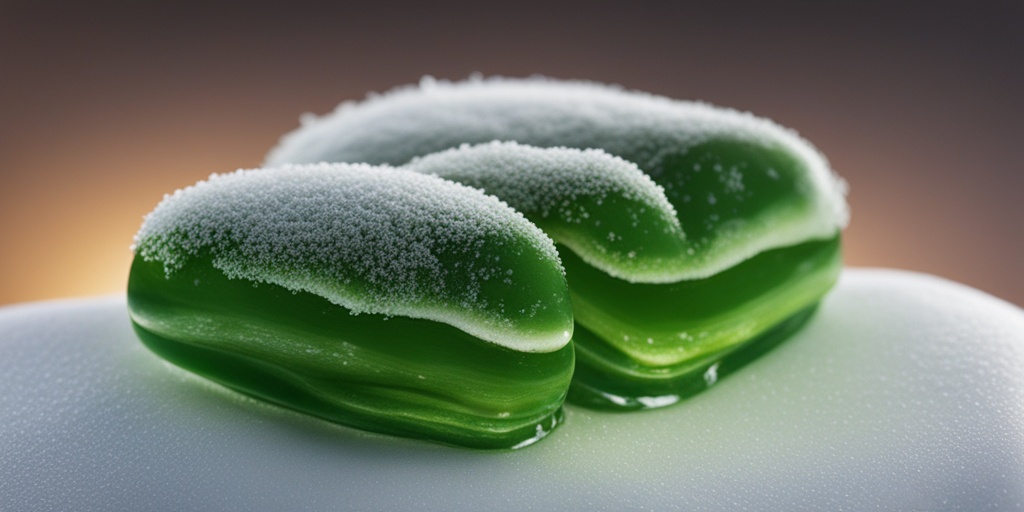
Chilblains Causes and Risk Factors
Chilblains, also known as pernio, is a condition that affects the skin, causing it to become itchy, red, and painful in response to cold temperatures. But what exactly causes chilblains, and who is at risk of developing this condition?
What Causes Chilblains?
The exact cause of chilblains is still not fully understood, but it is believed to be related to the body’s response to cold temperatures. When the skin is exposed to cold, the blood vessels constrict or narrow, reducing blood flow to the affected area. This can lead to inflammation and damage to the skin.
Some research suggests that chilblains may be caused by a combination of genetic and environmental factors. For example, people who have a family history of chilblains may be more likely to develop the condition themselves.
Risk Factors for Chilblains
Certain individuals are more likely to develop chilblains due to various risk factors. These include:
- Women: Women are more likely to develop chilblains than men, especially during the winter months.
- Older adults: As people age, their circulation may become poorer, making them more susceptible to chilblains.
- Smokers: Smoking can damage the blood vessels and reduce circulation, increasing the risk of chilblains.
- People with certain medical conditions: Certain conditions, such as Raynaud’s disease, lupus, and scleroderma, can increase the risk of developing chilblains.
- People who work outdoors: Individuals who work outdoors in cold weather, such as construction workers or farmers, may be more likely to develop chilblains.
- People who have poor circulation: People with conditions such as peripheral artery disease or diabetes may be more prone to chilblains due to poor circulation.
It’s essential to note that chilblains can affect anyone, regardless of age, gender, or occupation. If you’re experiencing symptoms of chilblains, it’s crucial to seek medical attention to rule out any underlying conditions. ❄️
Chilblains Diagnosis
Diagnosing chilblains typically involves a combination of physical examination, medical history, and laboratory tests. Here’s what you can expect during the diagnosis process:
Physical Examination
During a physical examination, your doctor will typically look for signs of chilblains, such as:
- Redness and inflammation: The affected area may be red, swollen, and warm to the touch.
- Itching or burning sensations: You may experience itching, burning, or tingling sensations in the affected area.
- Lesions or ulcers: In severe cases, chilblains can cause lesions or ulcers to form on the skin.
Medical History
Your doctor will ask you questions about your medical history, including:
- Previous episodes of chilblains: Have you experienced chilblains before?
- Underlying medical conditions: Do you have any underlying medical conditions, such as Raynaud’s disease or lupus?
- Medications and supplements: Are you taking any medications or supplements that may be contributing to your symptoms?
Laboratory Tests
In some cases, your doctor may order laboratory tests to rule out other conditions that may be causing your symptoms. These tests may include:
- Complete blood count (CBC): To rule out infection or inflammation.
- Electrolyte panel: To check for electrolyte imbalances.
- Rheumatoid factor (RF): To rule out autoimmune disorders such as rheumatoid arthritis.
A diagnosis of chilblains is typically made based on a combination of physical examination, medical history, and laboratory tests. Your doctor may also perform additional tests to rule out other conditions that may be causing your symptoms. 🏥
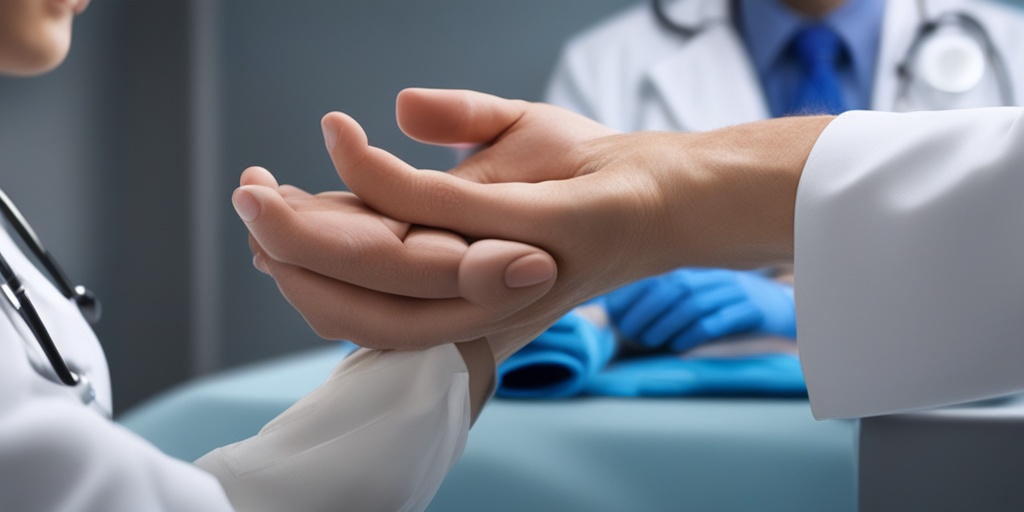
Chilblains Treatment
When it comes to treating chilblains, the primary goal is to reduce discomfort, prevent complications, and promote healing. While there is no cure for chilblains, there are several treatment options available to manage the condition.
Medical Treatment
In severe cases of chilblains, medical treatment may be necessary. Your doctor may prescribe medications to:
- Reduce pain and inflammation: Over-the-counter pain relievers such as ibuprofen or acetaminophen can help alleviate pain and reduce inflammation.
- Improve circulation: Medications that improve blood flow, such as nifedipine, can help reduce the severity of chilblains.
- Prevent infection: Antibiotics may be prescribed if the affected area becomes infected.
Topical Creams and Ointments
Topical creams and ointments can provide relief from chilblains symptoms. These may include:
- Corticosteroid creams: Hydrocortisone cream can help reduce inflammation and relieve itching.
- Moisturizing creams: Keeping the skin moisturized can help reduce dryness and itching.
- Numbing creams: Topical anesthetics, such as lidocaine, can help numb the affected area, reducing pain and discomfort.
Home Remedies for Chilblains
In addition to medical treatment, there are several home remedies that can help alleviate chilblains symptoms. These include:
Warm Baths and Soaks
Soaking the affected area in warm water can help:
- Improve circulation: Warm water can help dilate blood vessels, improving circulation to the affected area.
- Reduce pain and inflammation: Warm water can help reduce pain and inflammation, making the affected area feel more comfortable.
Keep the Skin Moisturized
Keeping the skin moisturized is essential in managing chilblains. Use:
- Mild moisturizers: Gentle, fragrance-free moisturizers can help lock in moisture and reduce dryness.
- Rich emollients: Rich emollients, such as petroleum jelly or coconut oil, can help lock in moisture and protect the skin.
Avoid Irritants
Avoid exposing the affected area to irritants, such as:
- Cold temperatures: Avoid exposing the affected area to cold temperatures, as this can exacerbate symptoms.
- Harsh soaps: Avoid using harsh soaps or exfoliating products, as these can strip the skin of its natural oils and worsen symptoms.
By combining medical treatment with home remedies, you can effectively manage chilblains symptoms and reduce discomfort. Remember to consult with your doctor before trying any new treatments, especially if you have an underlying medical condition. ❄️
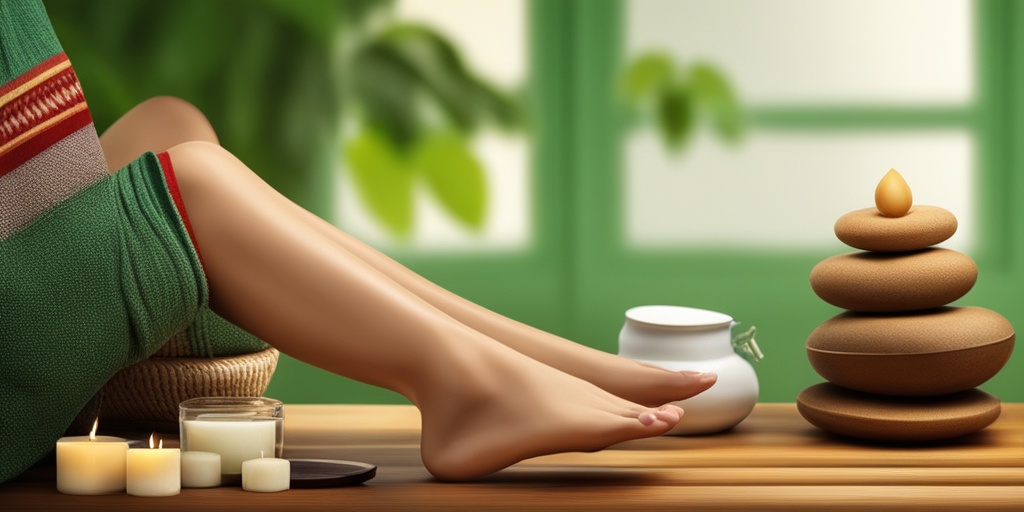
Chilblains Prevention
Chilblains can be a painful and uncomfortable condition, but the good news is that there are several ways to prevent them from occurring in the first place! 🙌 By taking a few simple precautions, you can reduce your risk of developing chilblains and keep your hands and feet warm and toasty during the cold winter months.
Dress Warmly
One of the most effective ways to prevent chilblains is to dress warmly, especially in cold weather. Wear layers of breathable clothing, such as thermal underwear, fleeces, and waterproof jackets, to trap warm air and keep the cold out. Don’t forget to wear warm socks and gloves or mittens to keep your hands and feet warm.
Stay Active
Regular exercise can help improve circulation, which can reduce the risk of chilblains. Stay active by engaging in physical activities such as walking, jogging, cycling, or swimming, especially during the winter months. This can help keep your blood flowing and reduce the risk of chilblains.
Avoid Cold Surfaces
Avoid exposing your hands and feet to cold surfaces, such as cold floors, metal door handles, or cold water. Wear warm socks or slippers when walking on cold floors, and use a towel to dry your hands and feet thoroughly after washing.
Keep Your Home Warm
Keeping your home warm can also help prevent chilblains. Set your thermostat to a comfortable temperature, and use a humidifier to add moisture to the air, which can help prevent dry skin.
Stay Hydrated
Drinking plenty of water can help keep your skin hydrated and healthy, reducing the risk of chilblains. Aim to drink at least eight glasses of water a day, and avoid caffeinated and sugary drinks that can dehydrate the skin.
When to See a Doctor for Chilblains
While chilblains can be uncomfortable, they are usually not a cause for concern and can be treated at home. However, in some cases, it’s essential to see a doctor to rule out any underlying conditions that may be contributing to the development of chilblains. 🤕
Severe Symptoms
If you experience severe symptoms such as intense pain, swelling, or blistering, you should seek medical attention. These symptoms can be a sign of a more serious underlying condition, such as Raynaud’s disease or lupus.
Infection
If you notice any signs of infection, such as pus, increased redness, or a fever, you should see a doctor. Infections can lead to more serious complications if left untreated.
Underlying Conditions
If you have an underlying condition, such as lupus, Raynaud’s disease, or poor circulation, you should see a doctor if you experience chilblains. These conditions can increase the risk of complications and may require additional treatment.
Persistent Chilblains
If you experience persistent chilblains that don’t improve with self-care, you should see a doctor. A doctor can help diagnose any underlying conditions and provide additional treatment options.
Remember, if you’re unsure about your symptoms or have concerns about chilblains, it’s always best to err on the side of caution and see a doctor. 🙏
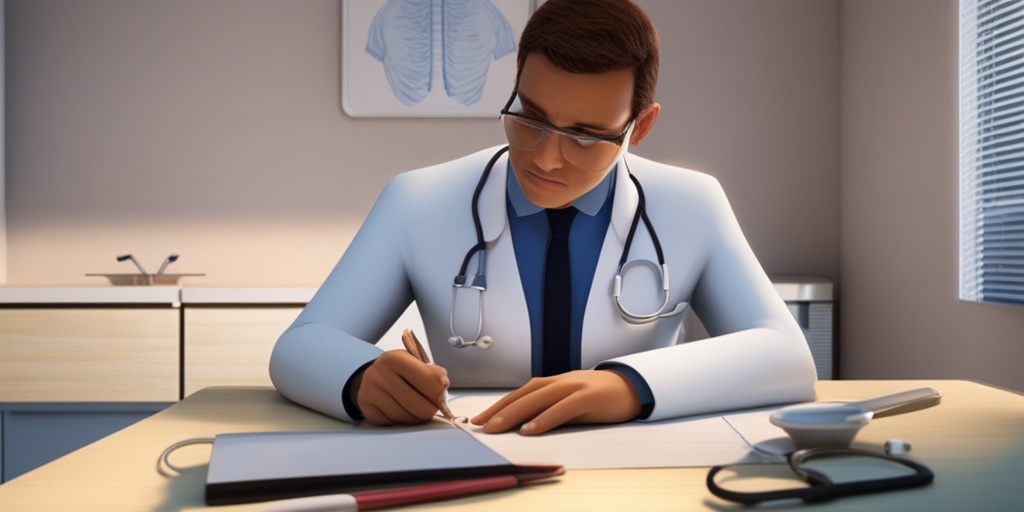
Frequently Asked Questions about Chilblains
What is Chilblains?
Chilblains is a condition that affects the small blood vessels in the skin, causing them to become inflamed and painful in response to cold temperatures. It is also known as pernio or chillblains.
What are the Symptoms of Chilblains?
The symptoms of chilblains may include:
- Redness and inflammation of the skin
- Itching or burning sensation on the skin
- Small, itchy patches on the skin
- Pain or tenderness in the affected area
- Swelling of the skin
What Causes Chilblains?
The exact cause of chilblains is not fully understood, but it is thought to be related to poor circulation and an abnormal response to cold temperatures. Other factors that may contribute to the development of chilblains include:
- Genetics
- Raynaud’s disease
- Lupus
- Other autoimmune disorders
How is Chilblains Diagnosed?
Chilblains is typically diagnosed based on a physical examination of the affected area and a review of the patient’s medical history. In some cases, a doctor may perform a biopsy or other tests to rule out other conditions.
How is Chilblains Treated?
Treatment for chilblains usually involves avoiding cold temperatures and using topical creams or ointments to relieve symptoms. In severe cases, medications may be prescribed to improve circulation and reduce inflammation.
Can Chilblains be Prevented?
Yes, there are several steps you can take to prevent chilblains:
- Dress warmly in cold weather
- Avoid exposure to cold temperatures
- Keep your hands and feet dry
- Exercise regularly to improve circulation
Is Chilblains Contagious?
No, chilblains is not contagious and cannot be spread from person to person.
Can Chilblains be Cured?
While there is no cure for chilblains, it can be managed with treatment and lifestyle changes. In some cases, chilblains may resolve on its own once the weather warms up.
What is the ICD-10 Code for Chilblains?
The ICD-10 code for chilblains is T69.1.
What is the Pronunciation of Chilblains?
The pronunciation of chilblains is /ˈtʃɪlblɪnz/ (CHIL-blaynz).
What are the Pictures of Chilblains?
You can find pictures of chilblains online or through a medical professional. It’s essential to consult a doctor for an accurate diagnosis and treatment plan.
Is Chilblains Related to COVID-19?
There is no direct link between chilblains and COVID-19. However, some people with COVID-19 may experience symptoms similar to chilblains due to the virus’s effect on the blood vessels.
Can Chilblains Affect Fingers and Toes?
Yes, chilblains can affect fingers and toes, as well as other areas of the skin. It’s essential to seek medical attention if you experience any symptoms.
I hope this FAQ helps! Let me know if you need any further assistance. 😊
Sources
- https://www.darwynhealth.com/injuries-and-poisoning/injuries/cold-injuries/chilblains-pernio/what-are-chilblains-and-how-to-prevent-them/?lang=en
- https://www.darwynhealth.com/injuries-and-poisoning/injuries/cold-injuries/chilblains-pernio/chilblains-vs-frostbite-understanding-the-difference/?lang=en
- https://healthy.kaiserpermanente.org/health-wellness/health-encyclopedia/he.chilblains-perniosis.aa53848

